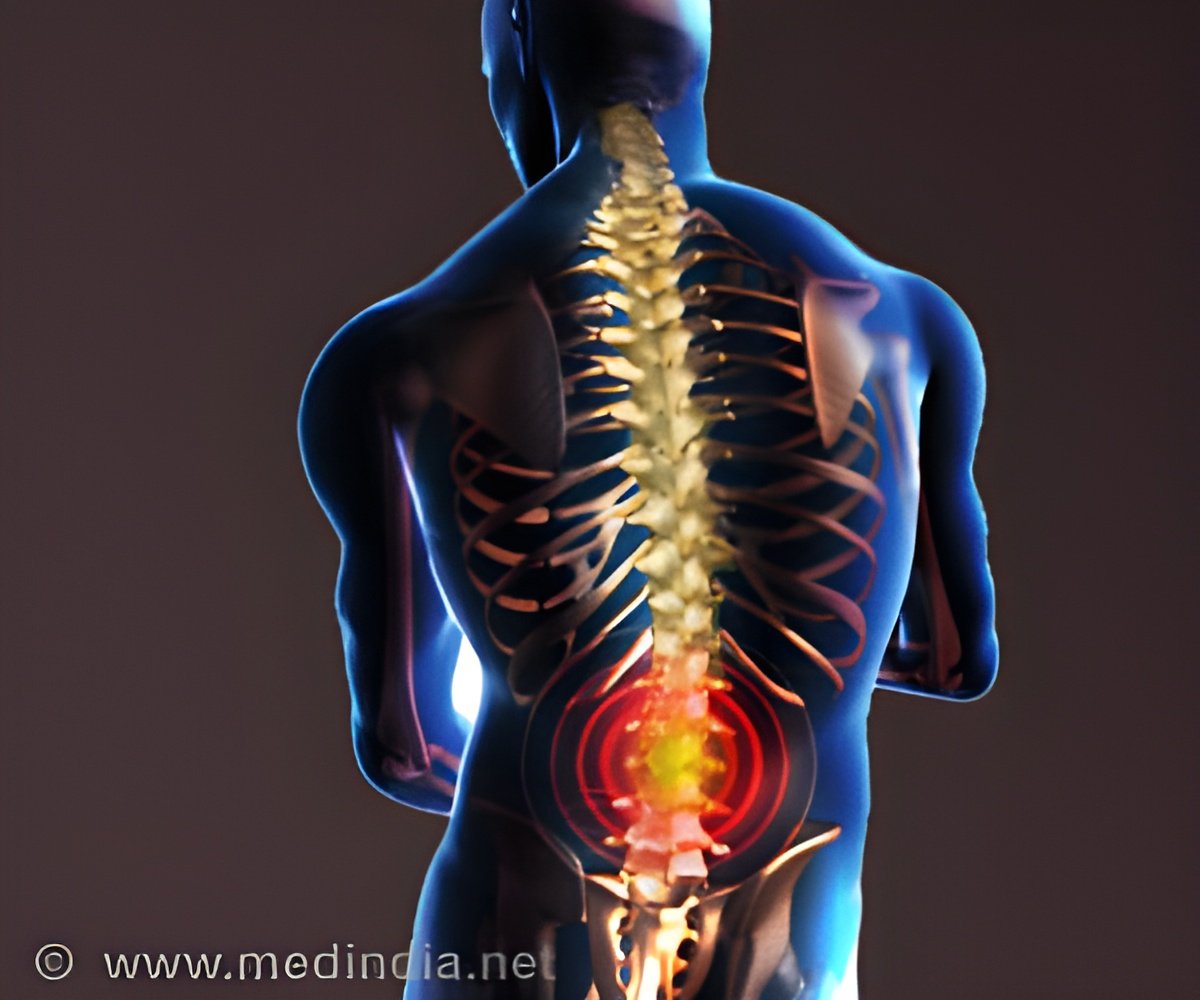Researchers have found that around two in five American soldiers who return from deployment complained of chronic pain while over 15 percent admitted to recent use of opioid pain relievers.

How the Study Was Conducted: Surveys were collected in 2011 from an infantry brigade three months after service members returned from Afghanistan. The final sample included 2,597 soldiers who had been deployed to Afghanistan or Iraq. Chronic pain was defined as that lasting at least three months.
Results: Most of the 2,597 survey participants were men, 18 to 24 years old, high school-educated, married and of junior enlisted rank. Nearly half (45.4 percent) reported combat injuries. Past-month opioid use was reported by 15.1 percent of soldiers and among them 5.6 percent of the soldiers reported no past-month pain, while 38.5 percent, 37.7 percent and 18.2 percent reported mild, moderate and severe pain, respectively. Chronic pain was reported by 44 percent of soldiers. Of these, 48.3 percent reported pain duration of a year or longer, 55.6 percent reported nearly daily or a constant frequency of pain, 51.2 percent reported moderate to severe pain and 23.2 percent reported opioid use in the past month.
Discussion: "The prevalence of chronic pain (44 percent) and opioid use (15.1 percent) in this nontreatment-seeking infantry sample were higher than estimates in the civilian population of 26 percent and 4 percent respectively. … These findings suggest a large unmet need for assessment, management and treatment of chronic pain and related opioid use and misuse in military personnel after combat deployments." (JAMA Intern Med. Published online June 30, 2014. doi:10.1001/jamainternmed.2014.2726. Available pre-embargo to the media at http://media.jamanetwork.com.)
Editor's Note: The U.S. Army Medical Research and Material Command (USAMRMC) provides intramural funding that supports enhancing the psychological resilience of the warfighter. Please see the article for additional information, including other authors, author contributions and affiliations, financial disclosures, funding and support, etc.Commentary: Pain and Opioids in the Military, We Must Do Better
In a related commentary, Wayne B. Jonas, M.D., LTC (Ret.) of the Samueli Institute, Alexandria, Va., and Eric B, Schoomaker, M.D., Ph.D., LTG (Ret.) of the Uniformed Services University of the Health Sciences, Bethesda, Md., write: "In a study by Toblin et al of one of the Army's leading units published in this issue of JAMA Internal Medicine, 44 percent of the soldiers had chronic pain, and 15.1 percent regularly used opioids."
Advertisement
"The nation's defense rests on the comprehensive fitness of its service members – mind, body and spirit. Chronic pain and use of opioids carry the risk of functional impairment of America's fighting force," they note.
Advertisement








